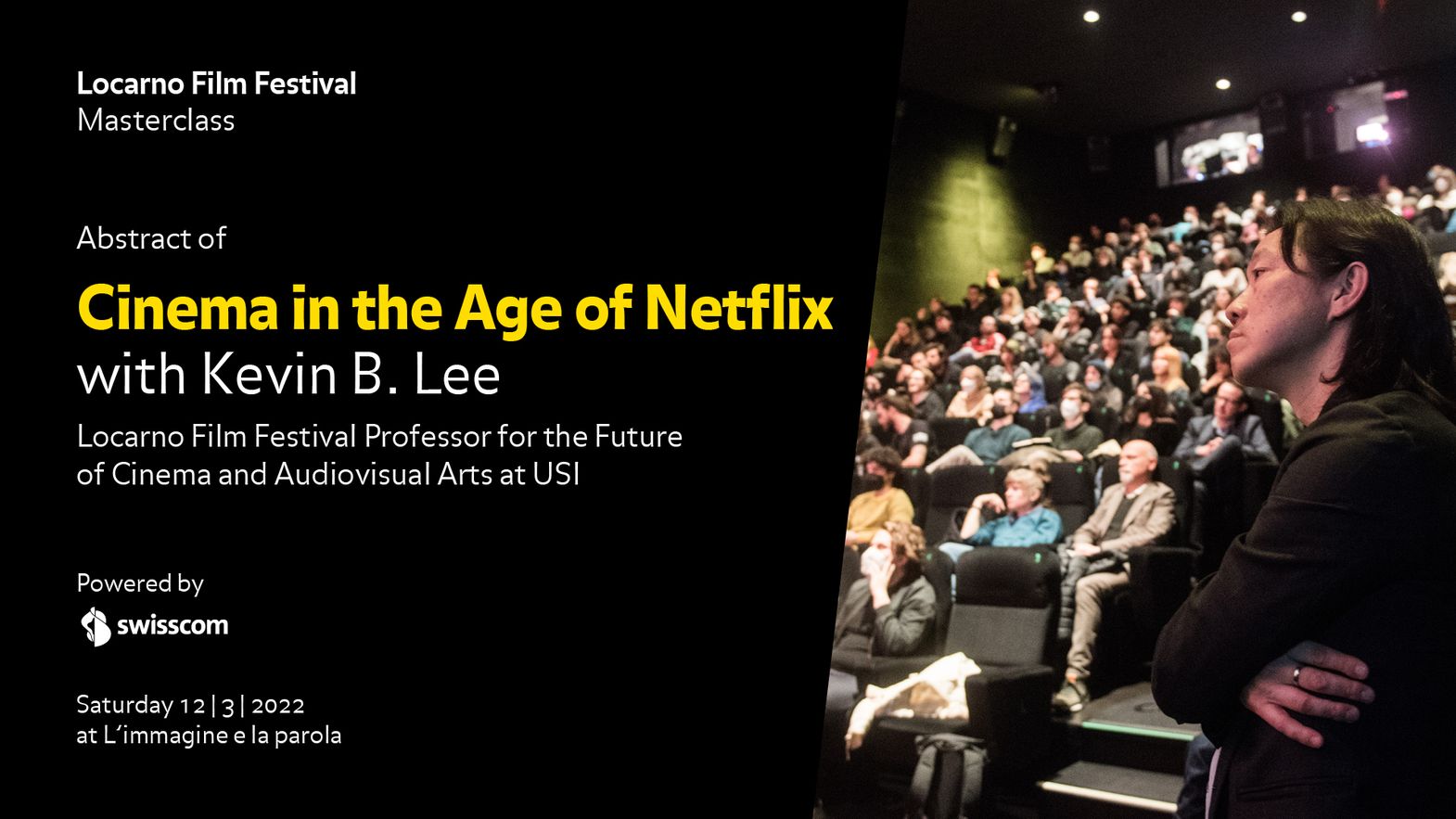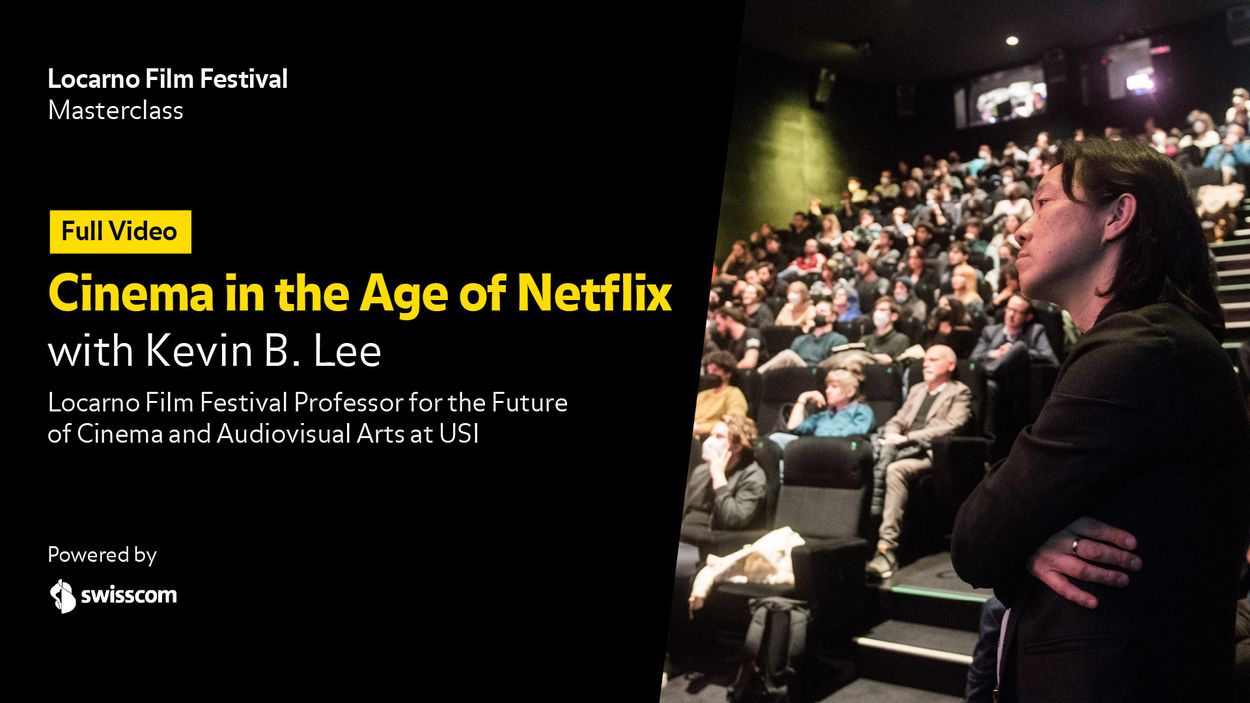The Masterclass
There are two fields, and two options: one produces only one kind of crop, in a controlled and orderly manner, the other produces a multitude of crops. In agriculture, this is known as monoculture and polyculture: the former allows a quick turnaround but also damages the soil and produces lower-quality crops; the latter aims to recreate the diversity of a natural ecosystem and requires more work, but it’s better for the soil and the quality of the crops. Festivals are a polyculture, but what about Netflix?
Netflix has been a publicly traded company for almost exactly 20 years (it went public on May 23, 2002). In 2020, due to the pandemic, it reached the peak of its market value, but in the two years since it has plummeted back to pre-pandemic levels. Does that signal the audience’s wish to return to cinemas?
Netflix has affected the film industry and audiences in three ways:
- Streamatization, where streaming has been normalized in the audiovisual world;
- Datafication, the collection of user data to figure out what to invest in;
- Globalization, everything is available worldwide on the same day
Furthermore, Netflix’s success can be attributed to four factors: the advent of the Internet over the past 20 years, with increased bandwidth that gives streaming an advantage; the ability to analyze viewer data and understand what is successful on the platform; investing in in-house productions, without having to license third-party content from studios and networks; and the pandemic, which made Netflix a monoculture while cinemas were closed.
Streaming can be viewed as a monoculture, but within it there’s a lot of diversity, with other platforms challenging Netflix’s market dominance. Disney+, for instance, has already amassed the same number of subscribers in two years that Netflix had after eight.
Netflix presents itself as a polyculture, with an international catalogue and greater freedom for filmmakers, compared to the more restrictive environment of mainstream Hollywood, for example. However, it’s closer to a monoculture because of the algorithm that suggests titles based on the individual user’s viewing history. Thus, it guesses what we are already likely to enjoy, removing the possibility of new discoveries.
One must also think of the audience. How do we watch Netflix? What’s the platform’s role in our everyday life? Does it guide us, or accompany us? Is it a choice, or just background noise? Is it a suggestion, or a sleep-vanquishing strategy? Is it what we choose to watch, or the time spent watching it? And shouldn’t cinema be images, emotions, feelings that remain ingrained in our memory?
Watch the full Masterclass:

